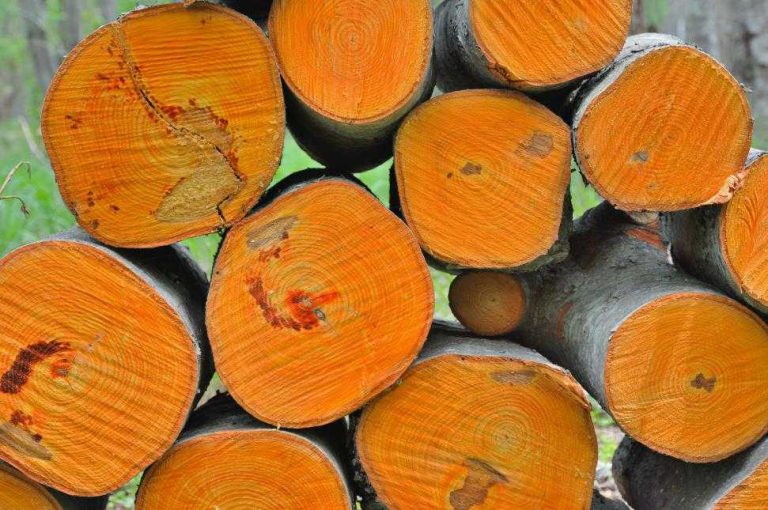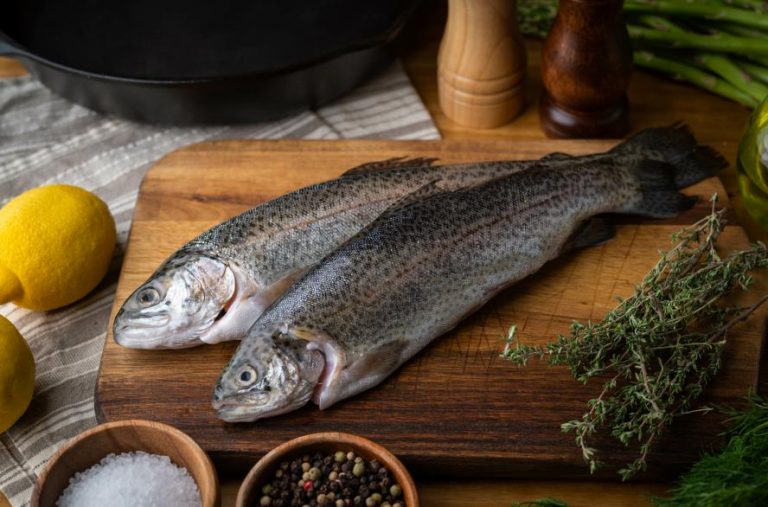The wood in cutting boards is the same as steel in knives. It determines the cutting board’s characteristics. The wood choice can lead to a suitable surface to cut or make an incompetent board.
Acacia and teak wood are two popular choices that produce good-quality cutting boards. It’s common for cooks to dabble between the two, and so do knife stores.
In this article, we’ll help you find out how acacia wood and teak’s attributes compare, covering their appearance, durability, maintenance requirements, and other critical factors.
What is acacia wood?
First and foremost, acacia isn’t just one tree. Over 1,000 acacias are growing in different regions, from Australia to Africa. Therefore, the wood you get from it differs depending on the species.
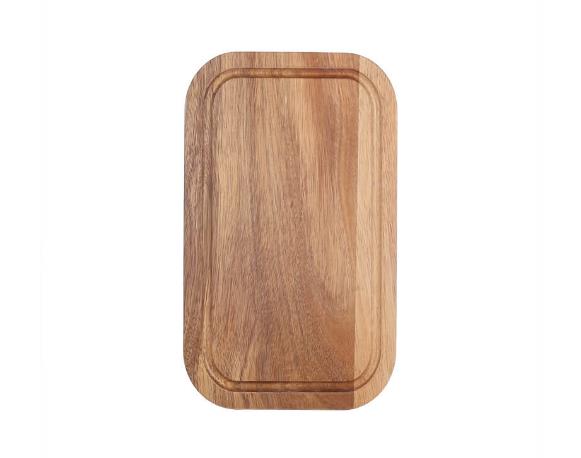
Acacia types
The common species of acacia used for cutting boards are Acacia koa, Acacia acuminata, and Acacia confusa, to name a few.
Acacia koa
Mainly growing in the Hawaiian islands, Acacia koa is readily available to North American manufacturers. It’s widely used for indoor and outdoor furniture, flooring, and kitchen tops.
As a cutting board material, it produces water and termite-resistant products that can last your customers for years.
Acacia acuminata
This acacia type is known as the Acacia acuminata. It’s denser than other varieties, producing a robust cutting board.
However, the hard surface can be too harsh for the edge. This acacia wood is better for heavy-duty products, like butcher’s blocks.
Acacia catenulata
Woodworkers often refer to Acacia catenulata as bendee. It’s a dense, heavy hardwood with a fine texture and easy workability.
Bendee has ranging colors that produce an aesthetic cutting board. You can find light and dark-colored cutting boards made from this acacia wood.
Acacia cutting boards pros & cons
- Pro: Acacia cutting boards are durable, dense, and strong.
- Pro: Acacia is readily available in many parts of the world and is sustainable with its fast growth. Replacing old trees with new ones doesn’t take much time.
- Pro: It’s pleasing to look at with noticeable grains. Acacia has many color variations that can fit everyone’s liking.
- Con: Cutting boards made from hard acacia wood can dull knives quickly, especially if the blade is forged with soft knife steel.
- Con: Hard acacias types are challenging to work with, making them more expensive.
- Con: Acacia cutting boards tend to be heavy – not exactly a disadvantage for everyone as it’s fa matter of preference.
Buy Wholesale Cutting Boards and Start Scaling up with Us Today
Contact us and connect with a sales rep to get a free quote.
Characteristics as cutting board material
Acacia’s most notable characteristic as a cutting board is durability. It makes a sturdy cutting board your customers can use for years with adequate care. Acacia cutting boards are praised for their ability to resist water damage.
As long as it isn’t washed in the dishwasher and oiled frequently, acacia cutting boards will be at their best. Still, there are some downsides to acacia cutting boards. They don’t resist heat well, are usually more expensive than other popular hardwoods like oak, and can hurt knives, depending on the variety.
What is teak?
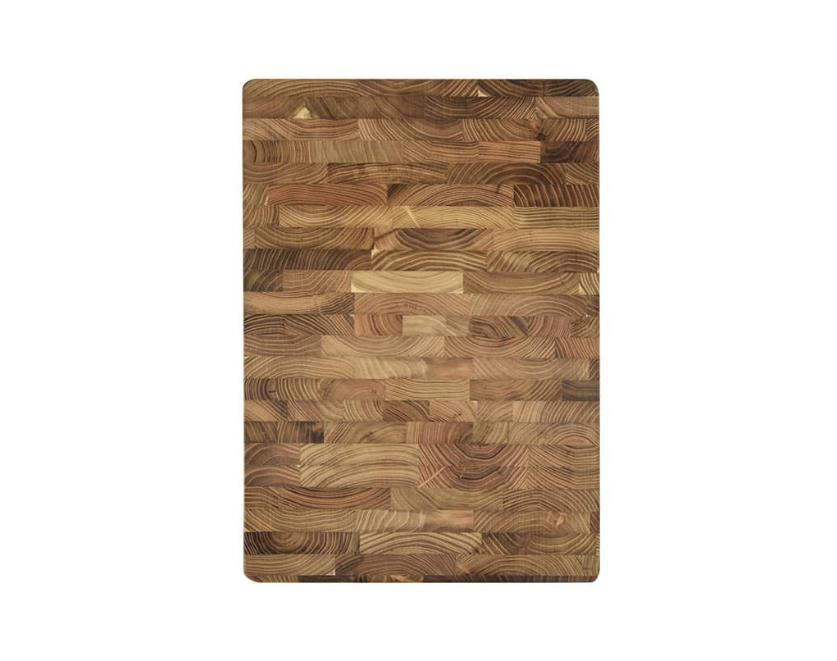
Teak is undoubtedly one of the best wood choices for cutting boards. It’s rich in natural oils, hard enough to achieve good durability, yet soft enough to be gentle on knives.
This hardwood is a highly-sought material that also has uses in countertops and butcher’s blocks. Anywhere resiliency against moisture and bacteria is needed, teak is often a manufacturer’s first pick.
Teak types
Teak also has varieties but less than acacia. Here are the most common types of teak used for producing cutting boards.
Burmese teak
Burmese teak (Tectonis Grandis) is the best teak type that produces a durable material rich in natural oils. It can have straight or wavy grains with a golden to medium brown appearance.
As the name suggests, it’s native to Burma/Myanmar. Burmese teak is incredibly resistant to water damage, making it suitable for kitchen products as well as outdoor furniture.
Indonesian teak
Also known as the Asian teak, the Indonesian teak is a slightly softer wood. It requires 980 lbf under the Janka hardness scale, falling 90 lbf short of the Burmese teak.
Indonesian teak has a faster growth rate. It’s one of the most sustainable teak types with plantations globally. Lastly, Indonesian teak has a light brown color with a silverish hue.
African and South American teak
Teak isn’t native to Africa or South America, but high demand led to plantations opening in these regions. They have hardness similar to the Burmese and Indonesian teak wood. However, these teak types aren’t as durable and water repellant.
African and South American plantation teak wood has a bright brown color. They are more readily available than Indonesian or Burmese teak, making them more affordable.
Teak cutting boards pros & cons
- Pro: Teak is very resistant to moisture with its high natural oil content.
- Pro: Teak cutting boards don’t require frequent oiling as other hardwoods. The present natural oils are enough to keep them at their best.
- Pro: Teak is a friendly material for knives. The cutting boards made from this wood won’t dull blades.
- Con: There is a high demand for teak yet a limited supply. Deforestation and illegal logging are issues with sourcing teak, damaging its reputation, and raising sustainability concerns.
- Con: It’s one of the most expensive wood choices for any industry.
- Con: There is a high chance that your teak cutting board orders won’t ship as fast. The limited supply can make it challenging for manufacturers to deliver your products.
Buy Wholesale Cutting Boards and Start Scaling up with Us Today
Contact us and connect with a sales rep to get a free quote.
Characteristics as cutting board material
The high amounts of natural oils in teak enable it to achieve amazing water resistance. As moisture can’t penetrate the surface, bacteria can’t find a place to grow. It creates a hygienic surface for kitchen use.
Another upside to teak cutting boards is they are gentle on knives. While hardwood is known for dulling blades quickly, teak won’t negatively impact the cutting edge.
Acacia vs. teak
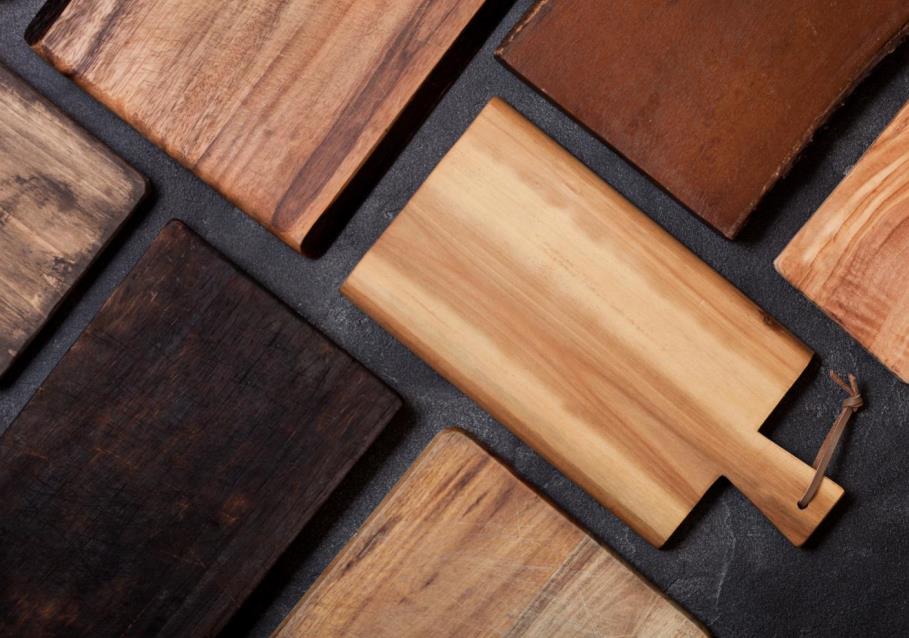
By now, you should have an idea about the individual features of acacia and teak as a cutting board material. Here is how they compare, covering what matters to your knife store and customers.
Aesthetics
Acacia comes in a greater variety of colors than teak. It can have many shades, ranging from bright light colors to dark reddish brown. The number of acacia types also means you get different textures, from fine to coarse.
Teak, on the other hand, is just as beautiful but has limited colors. You can find teak cutting boards to have straight or wavy grains. The color shifts across the wood make it visually pleasing.
There isn’t a clear winner here as these entirely depend on your customers’ preference.
Durability
Both acacia and teak cutting boards are durable. How they achieve their durability is different, though. The high natural oils in teak prevent moisture from building up. The hardness and tight grains of acacia prevent anything from penetrating the surface altogether.
Any user can comfortably use cutting boards made from these wood choices for years. However, one will require more upkeep than the other to sustain its durability.
Maintenance
Acacia requires a regular oiling routine to maintain its appearance, water resistance, and durability. Overlooking upkeep can result in the cutting board warping and losing color.
Teak essentially makes a care-free cutting board. It doesn’t need a coat of food-grade mineral oil to preserve its bright surface. If your customers are professionals, serious cooks, or culinary instructors, they may need occasional oiling.
Still, this won’t be occurring as teak doesn’t need it as often as others. Teak definitely beats acacia in this, making it a more durable choice overall.
Water resistance
The water resistance and durability go hand in hand together. Again, acacia and teak have natural moisture resistance. One executes this with high natural oils and the other with its density.
The juices from vegetables and fruits, blood from meats, and other fluids aren’t a problem with either one of them. Nonetheless, teak shows stains more than acacia as it’s lighter in color.
If water resistance is the only concern, choosing between acacia and teak won’t make a difference. However, the acacia’s hardness affects its other features than just water resistance.
Ease on knives
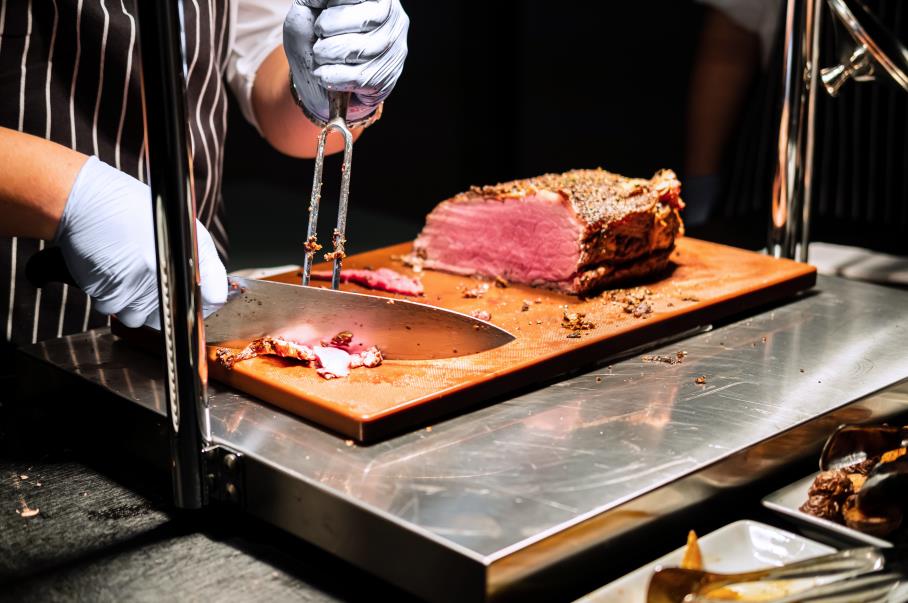
Acacia is significantly denser than teak – some varieties are so hard that they can hurt the cutting edge of knives. Even if it’s the gentlest acacia wood turned into a cutting board, it won’t be as pleasant to blades as teak.
Your customers will find themselves turning to their whetstones more often when using an acacia cutting board than one made from teak.
This, of course, depends on the edge retention of the knife. A kitchen knife with great edge retention will stay sharp for longer on an acacia cutting board than a mediocre knife on a teak cutting board.
Price
Teak and acacia are considered expensive, but the former’s price tag can come as a shock at times. Teak costs three to five times more than acacia with lesser availability and high demand. Manufacturers see teak as premium wood for this reason.
Still, the plantation teak is cheaper than Burmese or Indonesian teak, but not more than acacia. A 20 x 15-inch acacia cutting board has an average retail price of $40, whereas a teak cutting board can cost more than $80.
Comparison table
| Acacia | Teak | |
| Hardness | 1,700 to 3,100 lbf | 1,070 lbf |
| Colors | Light to dark brown colors, with many in between | Golden color with brown hues |
| Upkeep | Requires frequent oiling, must be hand washed | Low maintenance, must be hand washed |
| Gentleness on knives | Can be gentle or harsh on the cutting edge, depending on the variety | Gentle on knives – doesn’t affect sharpness |
| Water resistance | Incredibly water and moisture resistance with its density | Just as water-resistant, if not more, thanks to the natural oils |
| Price | Moderately priced | Expensive |
Other wood that makes a great cutting board material
Acacia and teak make great cutting boards, but your options aren’t certainly limited. Maple, cherry, ash, walnut, beech, and many others are just as great.
Just like how steel affects the features of a knife, the wood does the same for cutting boards. Read more about knife accessories from our blog to find out what to expect from different woods as a cutting board material.
Acacia or teak: which one to sell?
Acacia cutting boards come in a broader selection of colors, qualities, and prices. They fit perfectly to every budget, making it an excellent product for knife stores that appeal to everyone.
Teak can be the perfect cutting board your customers anticipate. If the higher price tag won’t be scary, placing it above acacia is not a wrong choice.
The bottom line is that teak makes a tiny bit better cutting board than acacia. It’s up to knife stores to decide if the higher price is worth it for the target customers.
At LeeKnives, we have both acacia and teak cutting boards with varying dimensions. Click here to request a quote to get in touch about our products.

